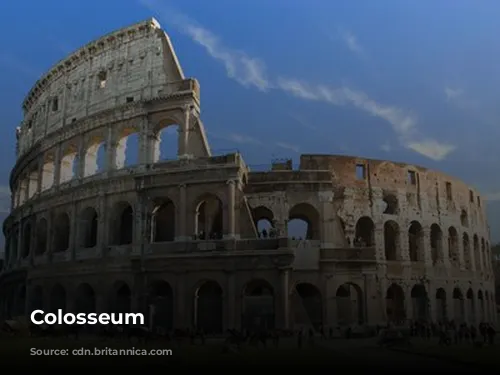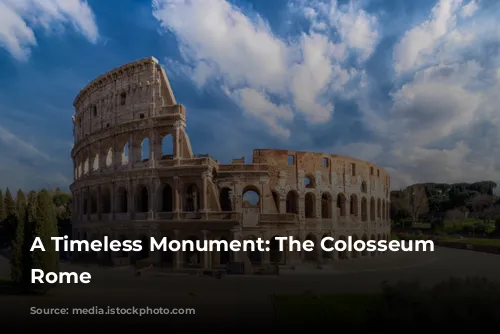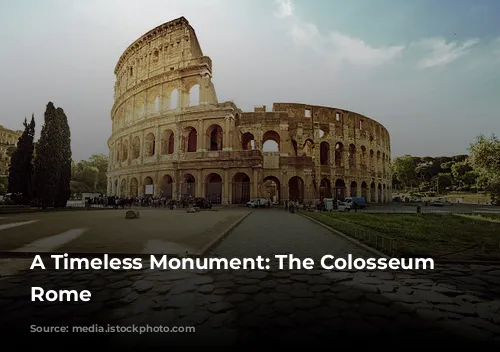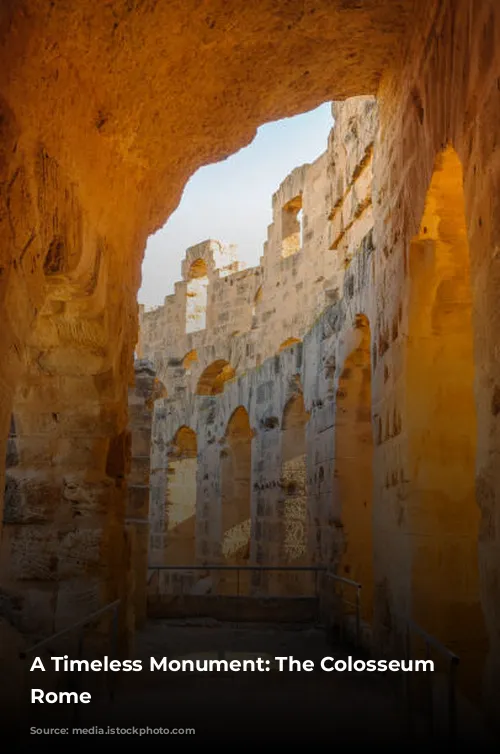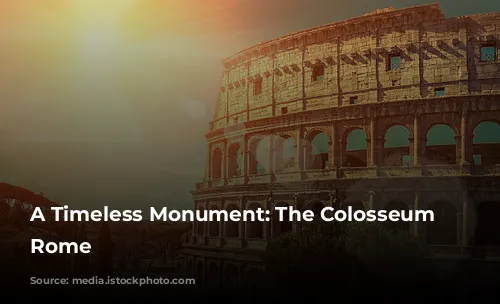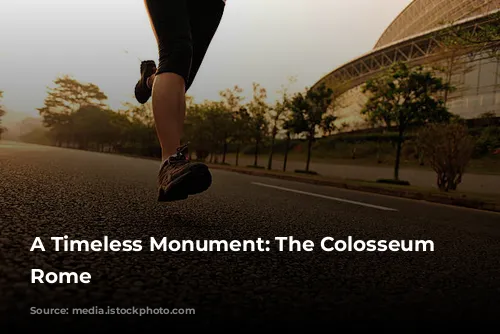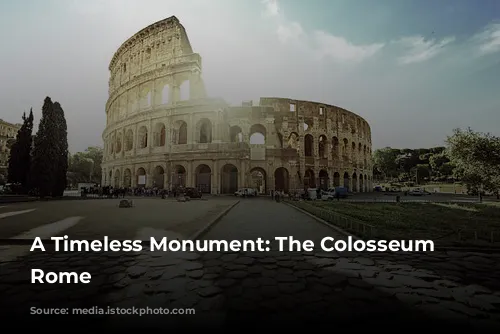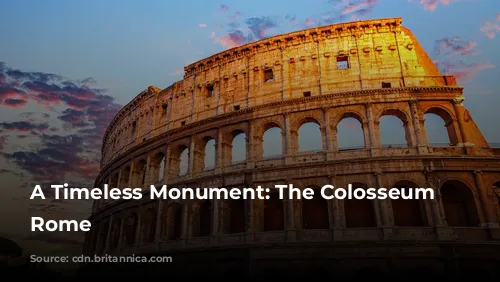The Colosseum, one of the few remaining intact structures from the Roman Empire, stands as a testament to ancient Rome’s architectural brilliance and engineering prowess. More than just a historical marvel, it’s also a major contributor to Italy’s tourism industry. In 2018, the Colosseum, Roman Forum, and Palatine Hill collectively generated over €53.8 million, making them the most lucrative tourist attraction in all of Italy.
This iconic structure, once a symbol of Roman power and grandeur, has witnessed the rise and fall of empires. After the decline of the Western Roman Empire, the Colosseum fell into a state of disrepair. During the 12th century, it was repurposed as a fortress by powerful Roman families, the Frangipane and the Annibaldi. In the late 15th century, Pope Alexander VI even allowed the Colosseum to be used as a quarry, stripping it of valuable materials for construction projects. For over a thousand years, the Colosseum was left to crumble under neglect. However, in the 1990s, state-funded restoration efforts began to breathe new life into this ancient wonder.
The Colosseum was born out of a desire to rejuvenate Rome. Built during the reign of the Flavian emperors, it served as a symbol of imperial power and a grand venue for entertainment. Inspired by other amphitheatres, Emperor Vespasian, aiming to unite the Roman people after a period of turmoil, envisioned the Colosseum as a space for thrilling spectacles, including gladiator fights, animal hunts, and even elaborate mock naval battles.
Construction of the Colosseum commenced under Vespasian between 70 and 72 CE. Its completion was marked by a grand dedication ceremony in 80 CE, orchestrated by Vespasian’s son and successor, Titus. The fourth story of the Colosseum was added later, in 82 CE, by Emperor Domitian. It’s worth noting that the Colosseum’s construction was financed by the spoils from Titus’s conquest of Jerusalem in 70 CE, and it was built by enslaved Jewish people from Judea. This historical context adds a somber layer to the story of the Colosseum, reminding us of the human cost behind its grandeur.
An Architectural Marvel: The Colosseum’s Construction
The Colosseum is an elliptical amphitheatre, also known as the Flavian Amphitheatre, constructed in Rome during the Flavian dynasty. Made from a combination of stone, concrete, and tuff, this colossal structure rises to four stories, measuring an impressive 620 by 513 feet (189 by 156 meters). It had the capacity to accommodate as many as 50,000 spectators, showcasing the sheer scale of Roman engineering.
The Colosseum stands as a testament to the Romans’ architectural ingenuity. Unlike earlier amphitheatres, which often utilized hillsides for support, the Colosseum is a freestanding structure. Its construction involved a complex system of barrel vaults and groin vaults, forming a massive and stable framework. The Colosseum’s exterior features a captivating blend of architectural styles. Three of its stories are encircled by arcades, adorned with engaged columns representing the Doric, Ionic, and Corinthian orders. This rising arrangement of columns inspired the Renaissance codification known as the assemblage of orders. The Colosseum’s construction materials reflect Roman resourcefulness. Travertine was used for the main structural framework and facade, while volcanic tufa formed the secondary walls. The inner bowl and arcade vaults were built with concrete, demonstrating the Romans’ mastery of this durable material.
A Stage for Spectacles: The Colosseum’s Function
The Colosseum was designed to provide entertainment for the masses. Its vast seating capacity allowed for a multitude of spectators, who were shielded from the sun by a retractable velarium, a massive awning. This velarium was manipulated by hundreds of Roman sailors, who used rigging attached to masts extending from the Colosseum’s top story. The Colosseum was a hub for entertainment, hosting a diverse array of spectacles. It witnessed thousands of gladiatorial combats, contests between men and animals, and even large-scale mock naval battles. While it’s uncertain whether the Colosseum was the site of early Christian martyrdoms, its history is intertwined with the Roman Empire’s cultural and religious landscape.
The Colosseum, once a bustling center for entertainment, faced a period of decline and neglect. In the medieval period, it was repurposed as a church, then used as a fortress by prominent Roman families. This repurposing reflects the changing times, as the Colosseum transitioned from a symbol of imperial power to a place of refuge and defense. The Colosseum suffered damage from lightning, earthquakes, and vandalism, further contributing to its deterioration. Over a thousand years of neglect saw the disappearance of its marble seats and decorative materials, as the site was plundered for building materials.
In the 19th century, preservation efforts began to restore the Colosseum to its former glory. Notable contributions were made by Pope Pius VIII, and a comprehensive restoration project was undertaken in the 1990s. Today, the Colosseum stands as one of Rome’s most visited tourist attractions, welcoming millions of visitors every year. Regular exhibitions showcase ancient Roman culture, ensuring that the Colosseum remains a living connection to the past. The Colosseum, once a symbol of Roman power, stands today as a testament to the resilience of history and the enduring fascination of the Roman Empire.


